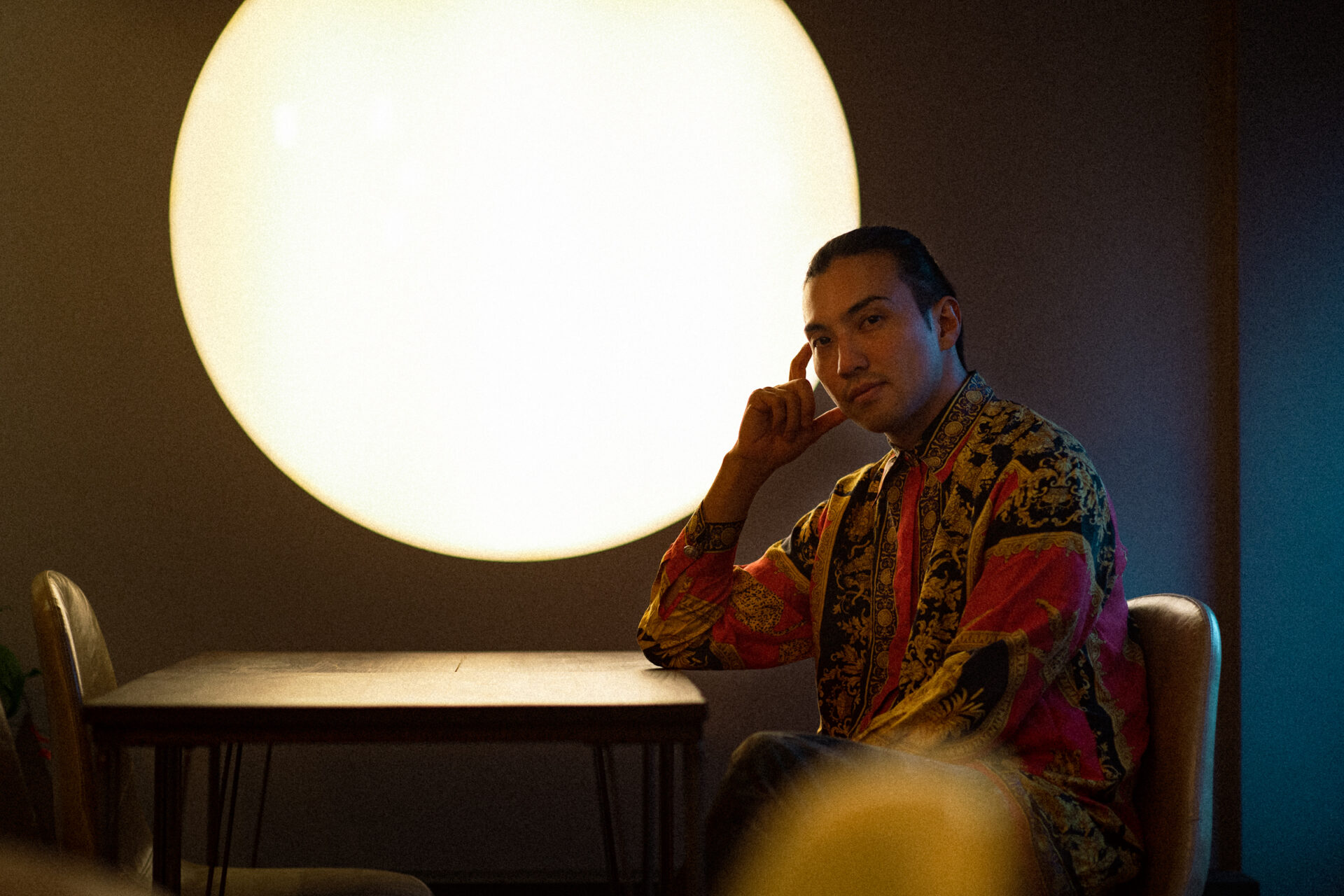“The beauty of music and art is that it connects people from different cultures and countries to share emotions.”
“When I make music, I look for the blurred commonalities that exist in the world.”
From live performances to social media and music distribution, Seiho is a trackmaker, artist, and producer with a wide range of expression that transcends all barriers. He has worked on projects such as creating music for the 2020 Paralympics Opening Ceremony and the Uniqlo and Mame Kurogouchi collaboration.
He is also the producer of an “oden” (Japanese stew) shop in Shibuya, and a Japanese sweets shop in Nihonbashi so it is hard to define his career in one title. Where does Seiho get his inspirations for his creations? We talked about his personal history to take a peek into how his mind works.
A song gone viral overnight
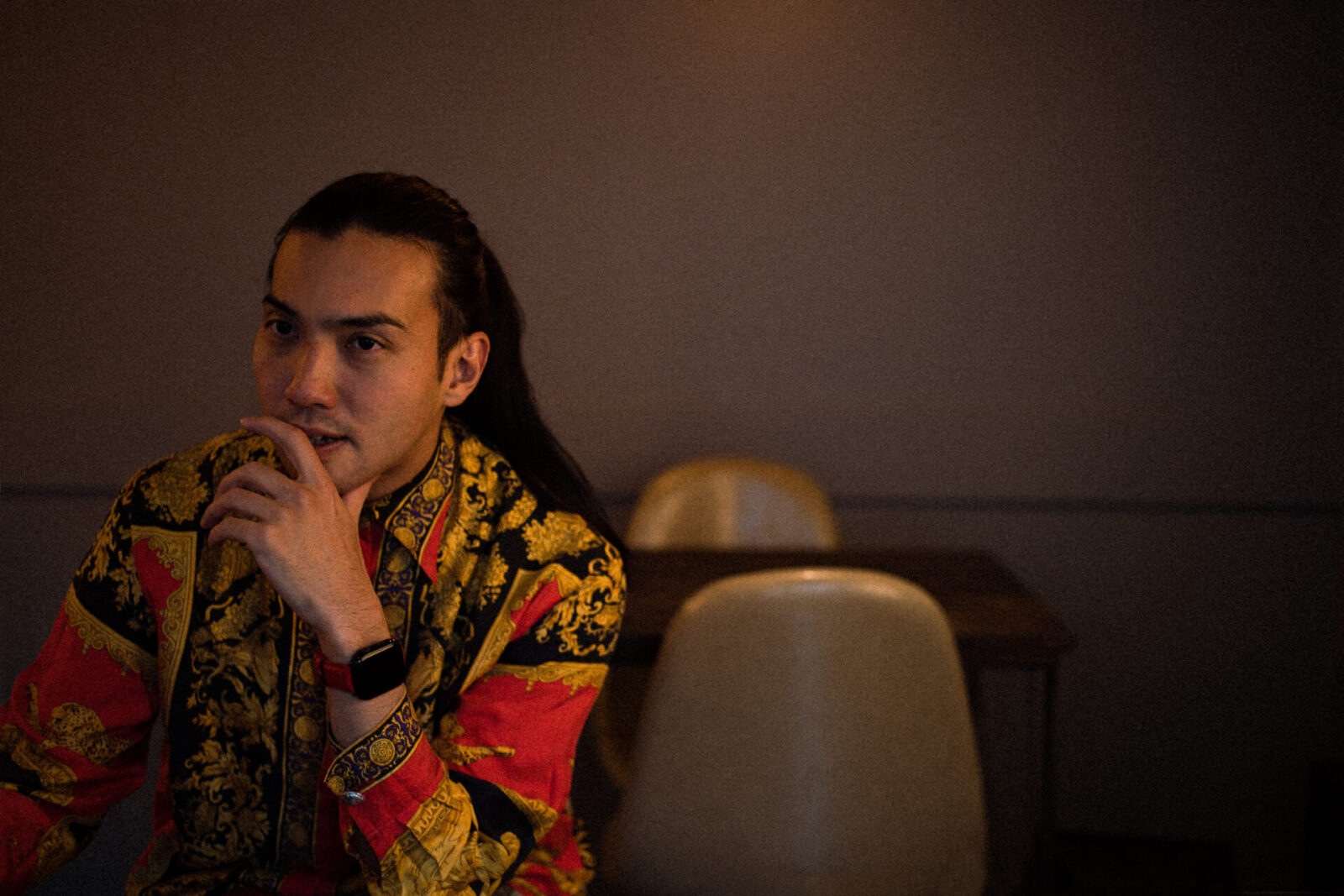
In 2021, Seiho wrote the music for the Tokyo 2020 Paralympics Opening Ceremony.
He had spent his 20s in an endless pursuit of finding his own path. Now that he is in his 30s and in a new environment, he says his perspectives are changing.
“In my 20s I could get together with friends just to make something ‘new and cool.’ Some of my work was made possible because of that style. However, now that we are in our 30s we are all pursuing things in different directions and I have to think about things on my own. As a result, I have found that I create better when I work alone.”
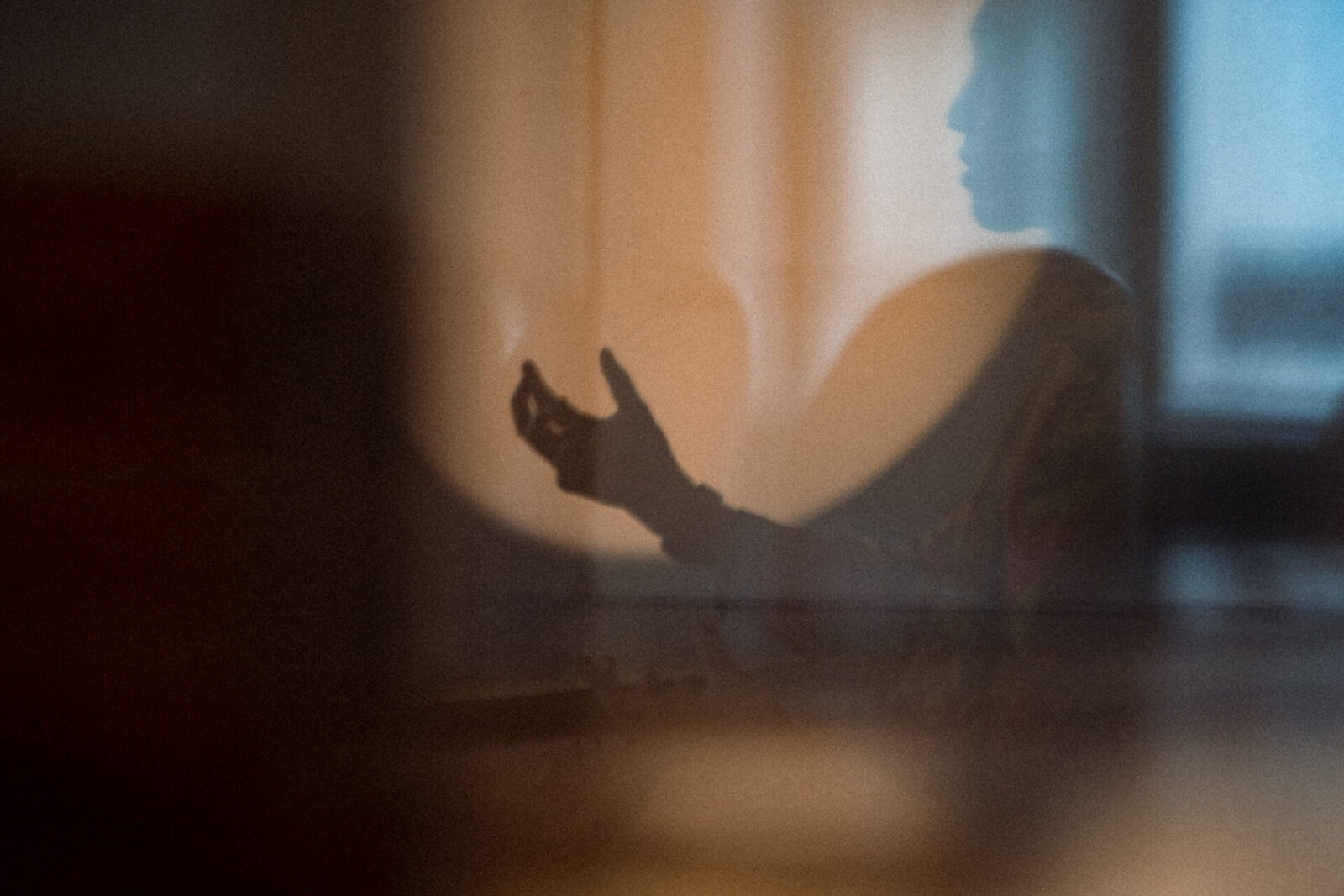
Seiho’s career took off in his 20s with a piece that turned into a club anthem, “I Feel Rave.”
After a night out with his friends, he sat down alone until sunrise and completed the song in a few hours. He uploaded the song on the music sharing platform SoundCloud, and it quickly spread around the world.
“Listening to the track now, it’s very rugged. My friends all thought it was a weird song. (laughs) I casually uploaded it on SoundCloud with no real certainty, but after going out the next day I checked my phone and found that the track had gone viral.”
With TikTok and YouTube having become so prominent, “going viral” is a term that is now commonly used, but Seiho’s song became a hit back in 2012. He was in Osaka when he uploaded the song, and it made his name known around the world. The experience gave him certainty in his work.
Seiho recalls that “That song changed everything.”
“I had a sensation that the song transcended rock, pop, hiphop, club and live music genres and we all connected.”
“It was like finding the blurred commonalities I mentioned earlier.”

Why spend so much time with each piece of work?
Seiho was born in 1987 as the son of a sushi shop owner who played jazz music in his restaurant. He said that music was a natural part of his environment while growing up.
He started playing the guitar in the second grade and soon became consumed by making music on his computer. In high school, he met fellow track makers online and continued creating music while corresponding with them.

At the age of 20, he released his first independent EP, then started his own indie label, Day Tripper Records, and released his first full-length album, “Mercury” (now unavailable). “ABSTRAKTSEX”, which included “I Feel Rave” was released in 2013, and in 2016 he made his international debut with “Collapse.”
In 2021 he collaborated with top HIP HOP and R&B artists in Japan to release an Amazon Original Mini Album, “CAMP.”
Using his unique worldview as his weapon, he made his way up in the music world.
Regarding his past work, Seiko shares, “I Actually don’t have very many. I’ve released many EPs (which are longer than singles and shorter than albums), and I do a lot of live performances, but I’ve actually only released three full-length albums.”
He says the reason behind this lies in the way he approaches his work.
Before creating a piece, he travels, collects information and comes up with concepts in extreme detail. Consequently, it takes a long time to create one piece.

“I try not to begin production until I have decided on the concept. If I find something I like and start working with it right away, that one thing has a huge influence on the outcome.”
“Even if there is something small, like someone being in the hallway of the studio, it influences my work. I start wanting to entertain them or something. But what I truly want to create is not something so straightforward. Of course I want to entertain people, but that is not all of it, if you know what I mean.”
Seiho has a seriousness in all his work that is indeed more complex and not straightforward.
The tranquil world created in his world debut album “Collapse” (2016) was highly acclaimed by many listeners and it represents Seiho’s unique interpretation of the world.
“People have a tendency to take an idea they like and interpret it in a way that suits them. But the world is not that straightforward and is very complex. I want to take that complexity and express it in a simple way.”

Seiho has his own interpretation of what that simplicity is and describes it as “like the beauty of a single stroke writing.”
“You cannot write a song in a single stroke and expect it to be the final version. You have to write hundreds and thousands. Because you cannot be satisfied with doing it just once, you have to fight with numbers. It’s like the state where you think something is nice when you are thinking about it, but it still lacks something. When something of real value is created, there are multiple moments when you feel something is just right. It is very clear.”
The essentiality of “meaningless time”
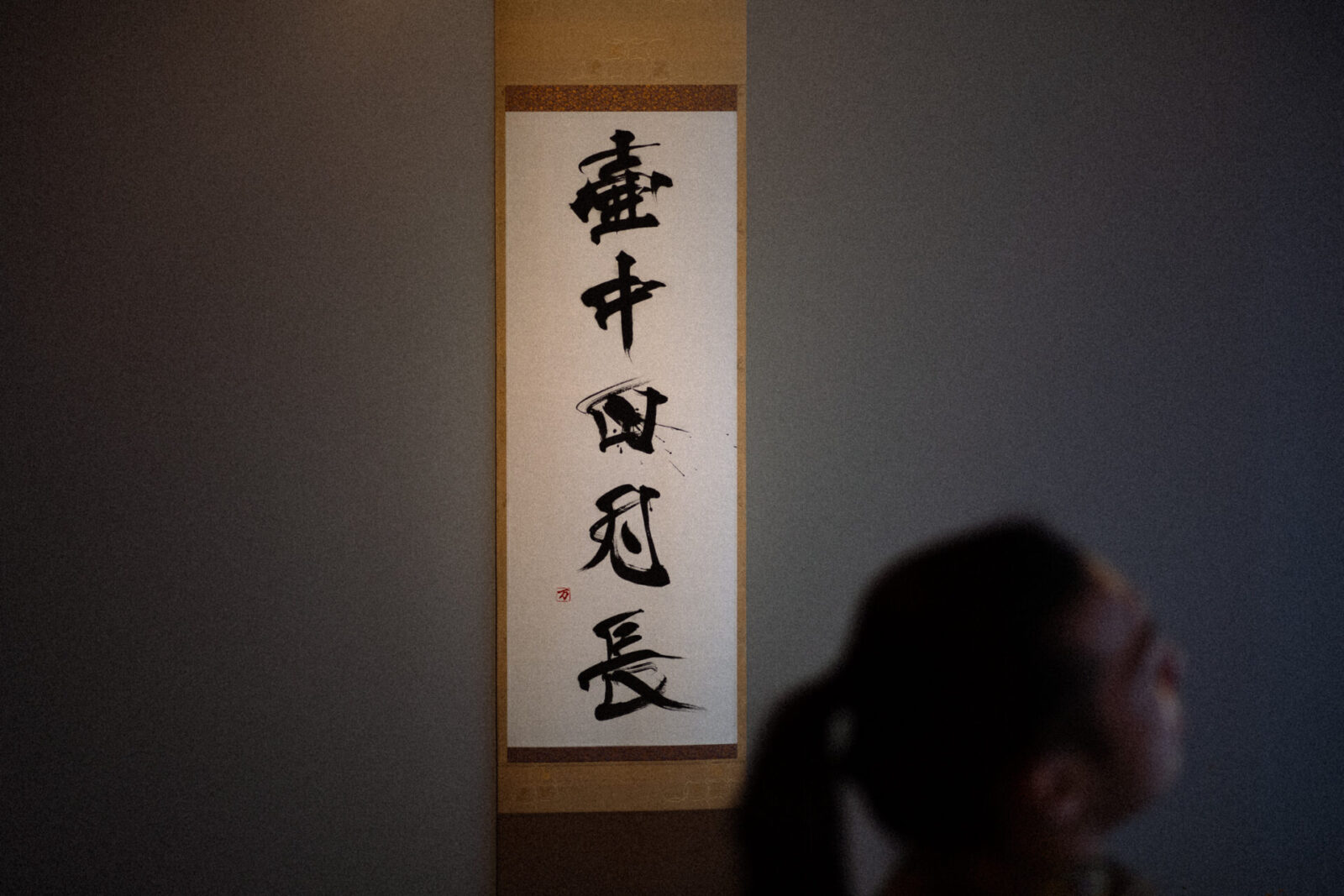
Seiho shares, “Compared to my 20s my skills have improved so I can create even with limited time.”
“As I get older, the time I spend working is shorter but the time I spend in “preparation” before creating has gotten longer.”
“For example, if tonight was a deadline for a project, I will start by going to Atami beach. Then I will soak in the hot springs and do nothing. On the train home, I will listen to music and do nothing. Then, when I get home I work on the piece non-sop. It is more efficient that way and I am happier about the completed work.”
Seiho says that the time spent doing things that seem meaningless is what helps make good creations. “For me, time for tea and japanese sweets, hot springs, saunas, and time spent traveling is essential.”

Seiho is busy producing and remixing music for artists both in Japan and abroad, and performing at live shows, but he still chooses to take time when creating his music.
In the music world today, where many artists are releasing many pieces, we asked him why he sticks with his style.
“There is a difference between ‘art work’ and simple ‘products.’ The former is important for me. My work as an artist is sure to help me in the future in some way. It is like raising a child. If you are going to create something you are responsible for it.”
“It is not difficult to create something that is popular and win numbers at that moment. However, that creation is simply fitting into the current world and it will never be a hit in the future. We can see why the song became a hit, but that is all we know so there is no meaning beyond that.”
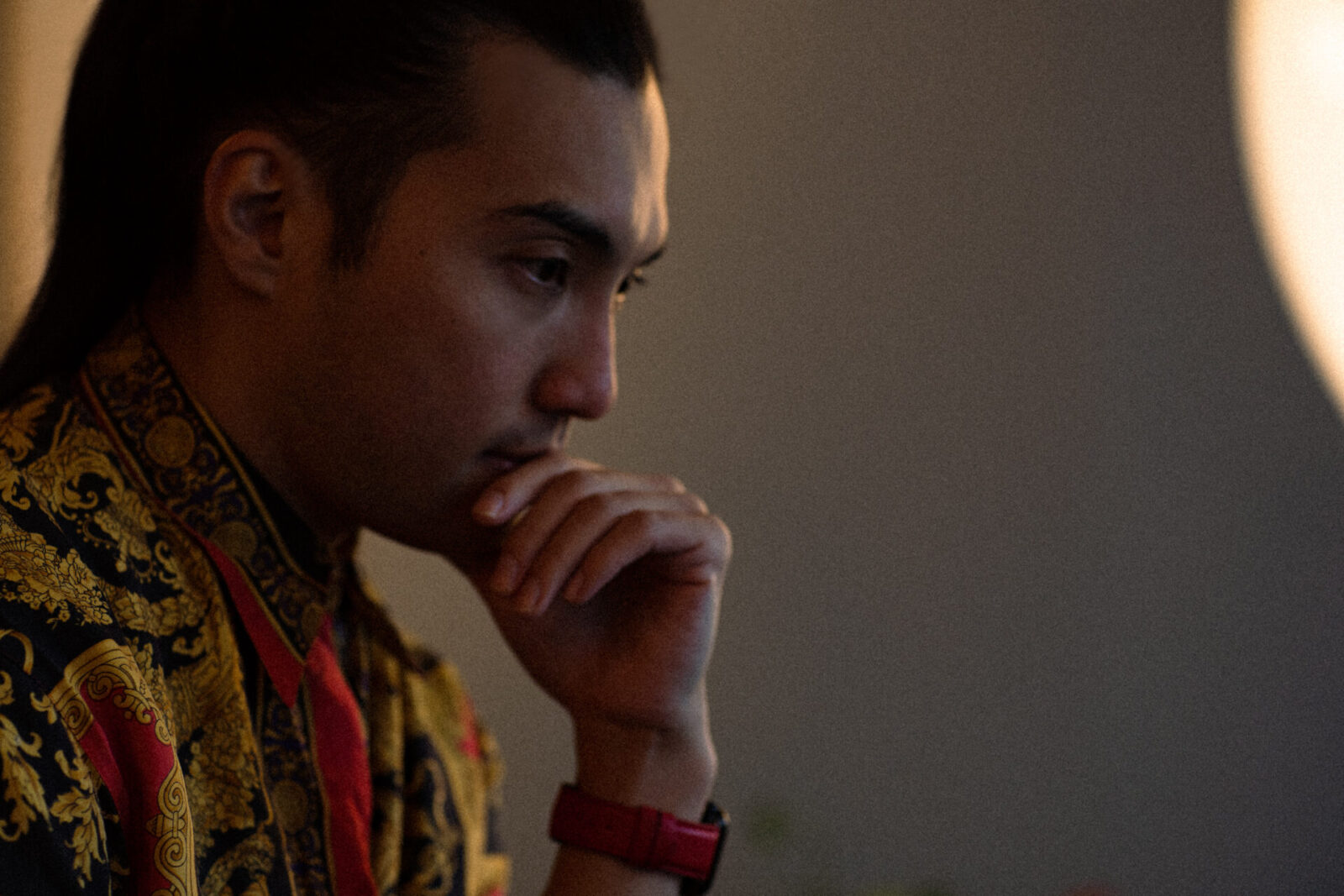
“On the other hand, having a lot of ‘failures’ gives you insight into the future.”
“I release music in small numbers so I can get detailed data on these ‘failures.’ It is necessary for me to study and think about what kind of influences my creations are having on the world.”
Hit songs are inspired by “zero to one” creations from around the world
Because the act of creating music is how Seiho captures the world, of course he does not make compromises. In his mind, the world and his creations must naturally interact with each other.
There were two events in his life that led him to this kind of thinking.
One was meeting the late music critic, Yuzuru Agi. The other was the experience of being the first Japanese to perform on stage at Low End Theory, one of the biggest parties in Los Angeles.

“Before I graduated university, I would often go to a club in Osaka called nu things and I met Mr. Agi there. He told me ‘don’t listen to music that isn’t new.’ His reason for this was because ‘music is the same as a newspaper.’”
“You need to always keep an eye on it because it is always being updated. Study the hit charts around the world and learn where and what the newest sounds are. Only then can you grasp what is happening in the world. In the news and newspapers, they report what is happening after it happens, but music is interesting because you can discover it before it happens.”
“Music is the same as a newspaper.” These words from Aki were deeply ingrained in Seiho’s mind.

Music is made by various artists around the world and new music is released on the internet everyday. The creators are unconsciously uploading the “now” of the world in their music.
Seiho listens to these creations to find the path to the next generation of music.
“Many times a new movement in music is discovered through a hit song, but in fact, people are releasing similar music around the world at the same time. People think that the hit songs are the “zero to one,” but there are many people who are working on the “zero to one” through trial and error in order for that hit song to be born.”
“What I find interesting about creating music is that when a hit song becomes popular, it is like a beaker that has filled up with water to the brim and has started overflowing. The moment it overflows, it is considered a ‘hit,’ but there are a lot of people involved in filling the beaker up to the point of overflow.”
“In fact, the person who creates the ‘hit’ is not necessarily the most outstanding. That is why the artist that made the water overflow has to give back to those who contributed. Otherwise there will be no new beaker and music will die. I think it was Mr. Aki who put this way of thinking into my mind.”
A new perspective gained from performing live overseas
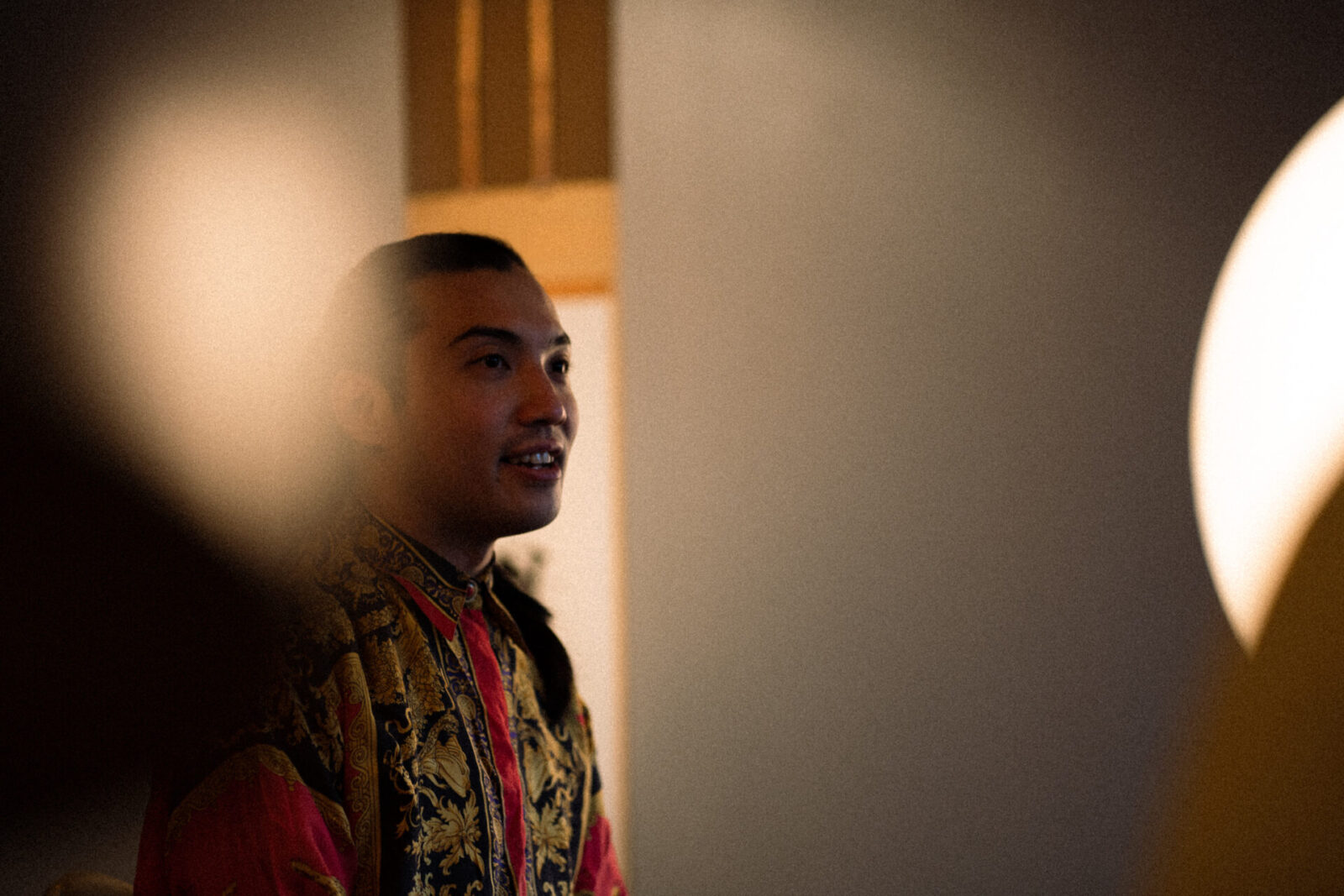
The release of “Collapse” on Leaving Records in Los Angeles and his experience of performing at the Low End Theory, also strengthened his beliefs.
When Seiho performed at Low End Theory, the list of artists on the program included world famous artists such as Flying Lotus and Thundercat.
However, it was Seiho’s name that was printed as the top-liner even though it was his first time performing there.
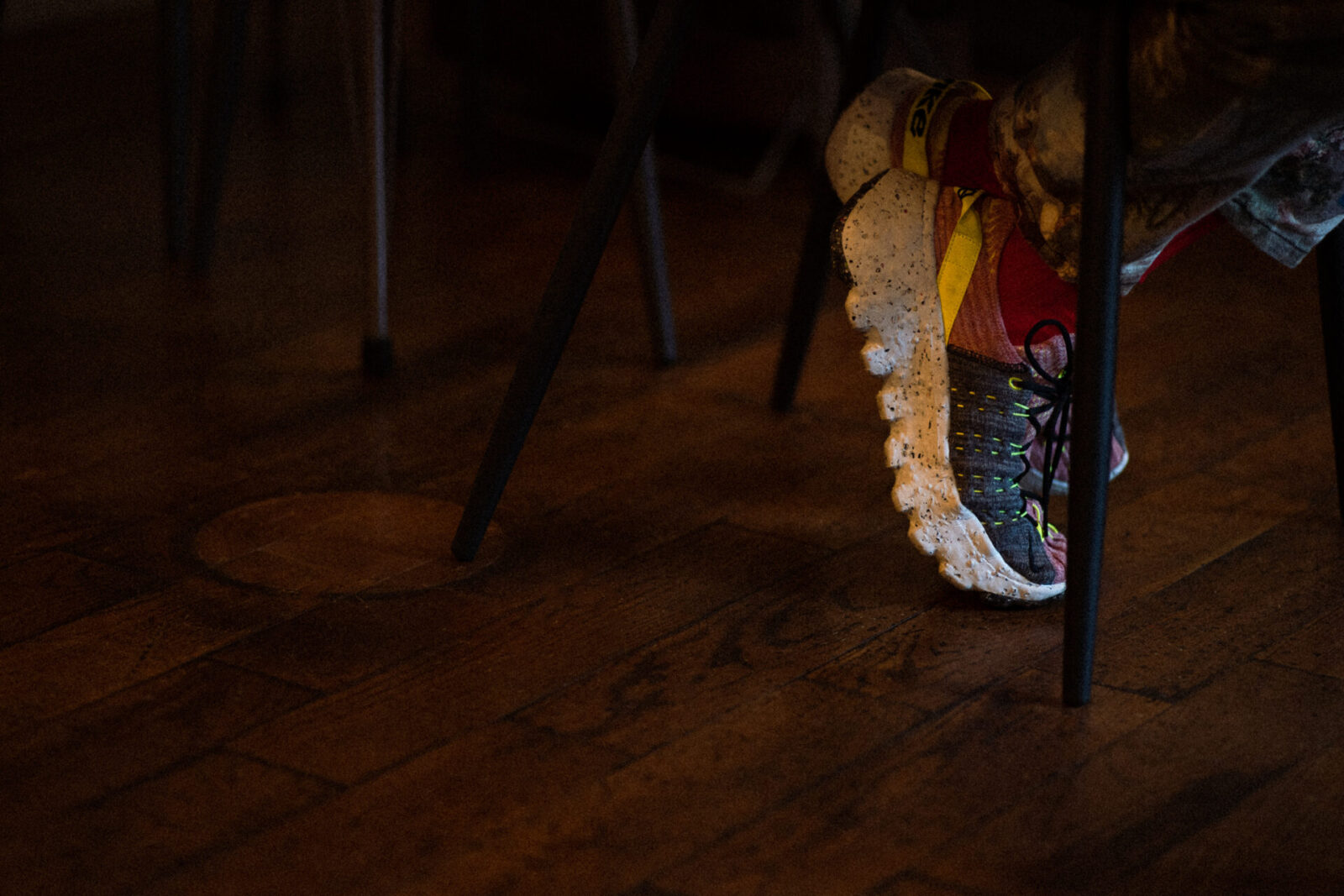
“The boss of the event, Daddy Kev asked me, ‘Do you understand why your name is on top?’ and I answered, ‘I don’t and it is intimidating to see my name on top of all these other amazing artists.’ Then Kev said to me:”
A lot of people are coming here tonight. Most people won’t get in and will have to wait outside. However, it is important that you are the top liner because whether they attend the show or had to wait outside, or even those people who gave up and go home, they will surely look up Seiho and listen to your music online. That is what is important to me.
“I was so moved by his words. It was a way of hacking the existing economic norm in which famous artists get listed on top and it was a way of conveying our own values. This was also the beginning of a gradual change in my own way of thinking.”
Creating a world where everyone is irreplaceable

Today, Seiho is not only a creator and an artist, but also a producer with big aspirations.
He produced “Sono Touri,” an oden shop in Shibuya, and “Kantan na Yume Bettei,” a Japanese sweets shop in Nihonbashi. His goal is to create places for people to gather.
“I consider these shops as one of my creations. Music is simple in that I can do it alone. However, right now I am interested in how shops have an economical aspect and work on multiple parameters and variables that shape the growth of people and culture.”
“In that sense, producing and creating come hand in hand. Some people may think I am doing things that are unrelated, but to me, they are connected.”

“I want to create a society where no one is replaceable. Artists and creators are making things that are unique to them, so it is easy to see them as irreplaceable, but I think all people are irreplaceable and I want society to become that way.”
“The oden shop and Japanese sweets shop will become a different place if the two people working there now leave. That is the point I am trying to express.”
The next step in the evolution of Seiho
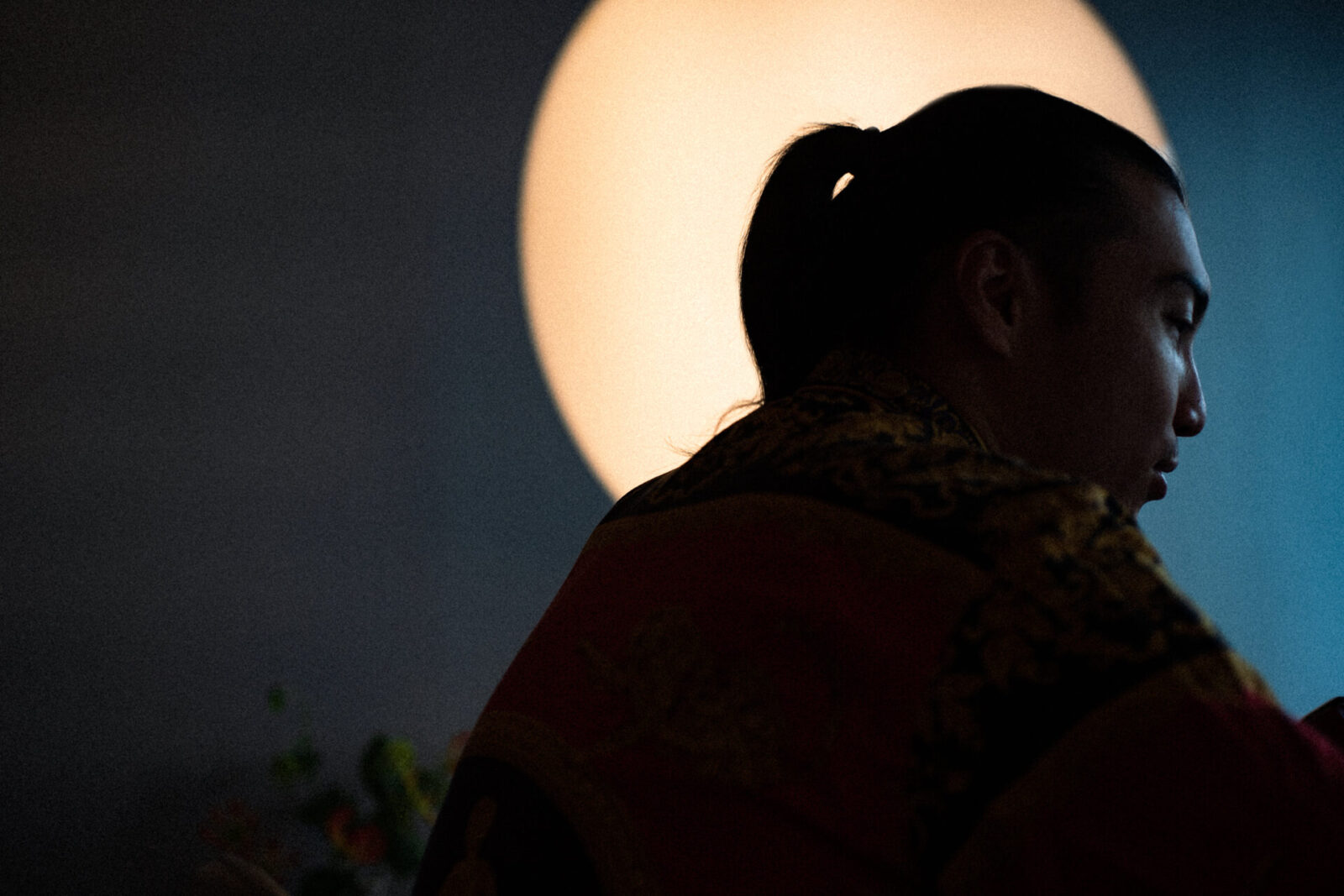
Seiho has made his presence felt in various music scenes. We asked him what music means to him and his answer was unexpected.
“Music has never had a specific meaning or significance to me.”
“Of course, I love music and that is about 90 percent of my feelings for it. However, I am not doing music to make a living, and I am not living to make music. It is just one way for me to reach my desired achievements.”
His confidence in saying music is simply his means to an end was impressive. Seiho said “failure is where true value lies” and we wonder what kind of failures he will face in the future and how it will shape his growth and evolution.
“Actually, I am thinking of closing my oden shop soon. It looks like if we continue doing it in Shibuya, we will be pretty successful. We have to fail properly. Maybe I will try opening an oden shop somewhere overseas.”
Photo:Kaori Nishida
Translation: Sophia Swanson
Born in 1986,Okayama.While working at an IT company, works as an editor and writer. Writes about society, IT, and culture.
Editor. Born and raised in Kagoshima, the birthplace of Japanese tea. Worked for Impress, Inc. and Huffington Post Japan and has been involved in the launch and management of media after becoming independent. Does editing, writing, and content planning/production.
